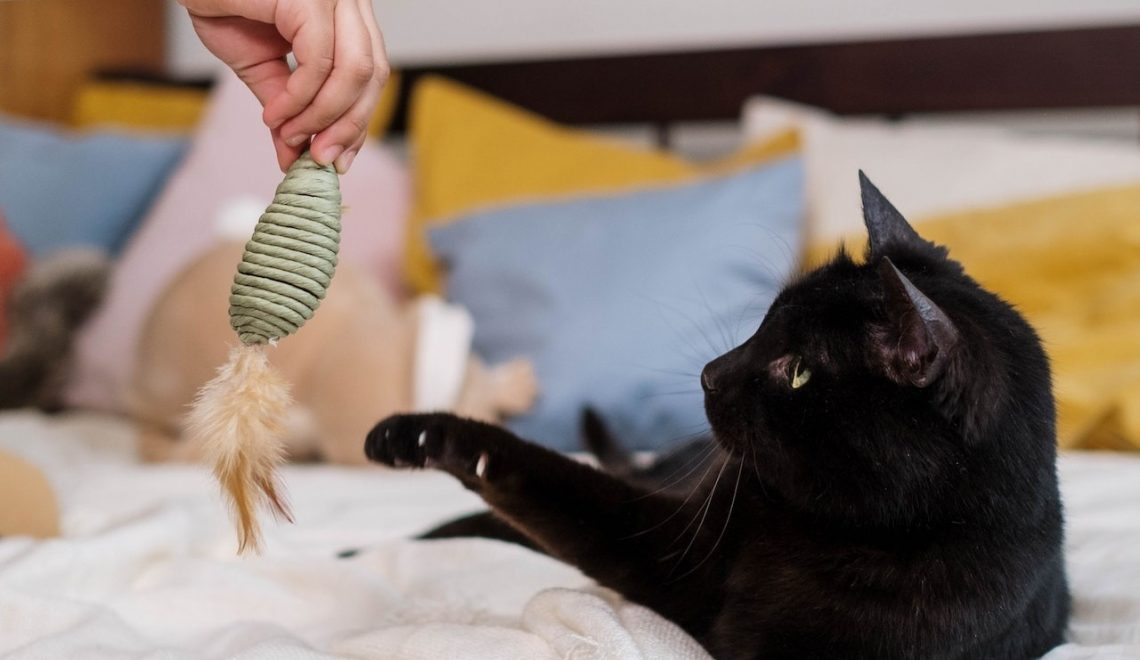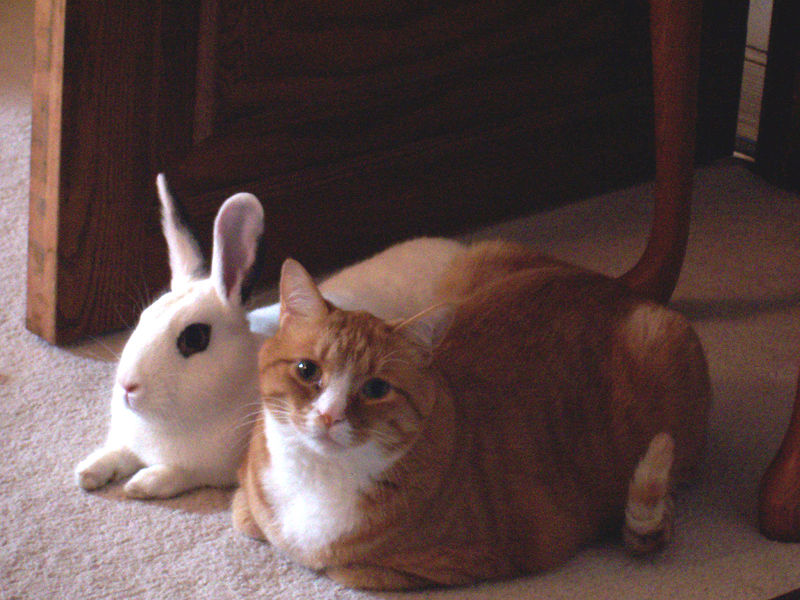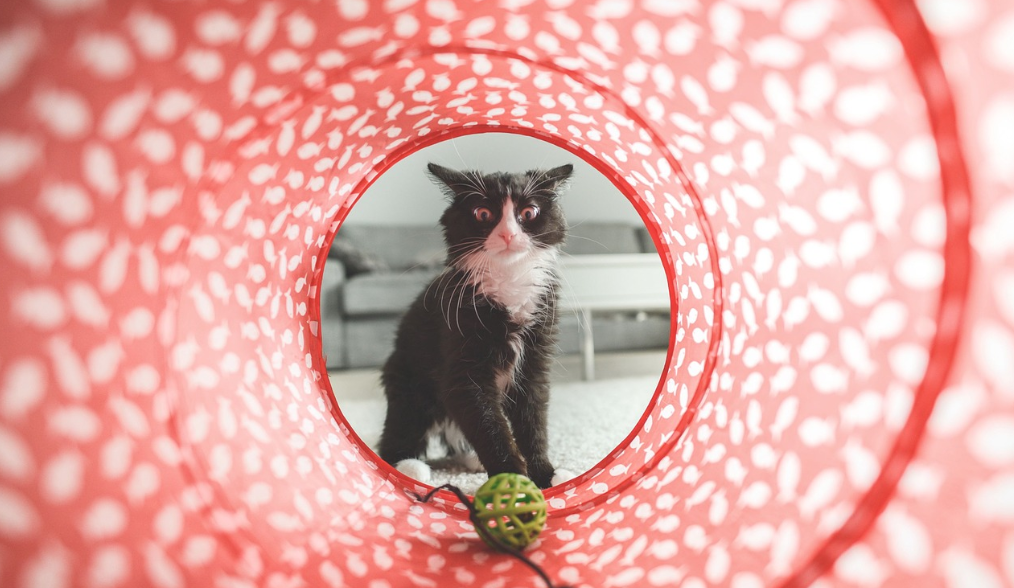Why Is It Bad To Declaw Cats? 5 Cat Declawing Alternatives

By Nicole McCray
Is declawing a cat cruel? Declawing cats may seem valid if you want them to stop scratching. However, due to the controversy over the procedure, getting cats declawed has been banned in many countries, including Australia, the UK, New Zealand, and Brazil.
The procedures necessary for declawing a cat put your pet at risk and have the potential to cause long-term damage and pain. Some states now throughout the United States refuse to support this surgery, including New York and Maryland. Let’s look at why you might consider declawing your cat, why not to declaw cats, the damage it can cause, and some safer alternative methods to declawing a cat.
What is Declawing (Onychectomy)?
What is declawing a cat? The surgical procedure onychectomy, more commonly known as declawing, is an operation to remove your cat’s claws. Essentially it’s the surgical amputation of the digit or “knuckle” in the feet. The nail bed is removed, including that last toe. In some cases, you can opt to have the front feet be the only part that is declawed.
Many cat owners seek to have their cat declawed when it is a kitten, so it can adjust to not having claws. However, many organizations, including the American Veterinary Medical Association (AVMA), discourage the practice.
What happens when you declaw a cat? The surgeon uses clippers to cut through the nail bed of your cat. Other procedures include removing the entire bone by disconnecting attached ligaments or using a laser and scalpel to cut that third digit. Many of these procedures can result in later complications for your cat. The only exception is the laser treatment, but it is the most costly method for declawing.
Complications From Declawing Your Cat
Why is it bad to declaw cats? You might feel that declawing doesn’t pose much harm to your cat besides missing its claws. But, there are risks involved you need to make yourself aware of that may have you reconsidering the procedure, which is preferred. The process will likely damage your cat’s well-being and cause significant pain.
Results and complications from declawing include:
- Anesthesia – your cat needs to be put under for the procedure. If you’ve never had your cat under anesthesia, there are risks that you take. Your cat could suffer an allergic reaction from the anesthesia, among other complications.
- Long-term pain – your cat could potentially suffer from long-term chronic paw pain or nerve damage due to the procedure. Without medication, there won’t be any way to help your cat through the pain. And medication often comes with multiple side effects, which can increase that level of pain and discomfort.
- Living situation – if your cat is an indoor cat, which many who undergo declawing must be (because of not needing to use their claws), many of them may stop using their litter box. The soreness in their feet makes it challenging to walk on the litter.
- Expenses – surgery is expensive, and the amount adds up between the procedure, antibiotics, anesthesia, and a possible overnight stay. The expert vets and technicians at Bond Vet say that costs for declawing can range anywhere from around $600 to $1,800. And then, complications, where you have to bring your cat back, increase those costs.
- Limitations – since your cat must stay indoors, it can cause a difficult adjustment period (that could last). Your cat can’t climb, defend itself, or catch prey without any claws.
Cats scratch as a natural way to release stress and tension, mark territory, stretch, express emotions, and remove the dead layers of their outer claws. When you remove these claws, your cat has no sense of knowing how to do these things, and it can cause pain and sadness. Rather than put it through such a complex procedure, consider looking at safer alternatives.
Alternatives to Declawing Your Cat
There are plenty of other ways that you can work to keep your cat from scratching without resorting to a declawing procedure. Your cat’s paws are precious, and rather than damage them, you should provide them with care. Some of the safest methods and alternatives to declawing include:
1. Training
Since scratching is natural, you need to train your cat to scratch on approved surfaces. Ensure you praise your cat when scratching in the right places since pets learn best with positive reinforcement. Scolding, yelling, or squirting with a bottle usually only makes your cat afraid of you rather than learning not to do something.
You can invest in a scratching post to prevent scratching on furniture or people. You can train your cat with treats to encourage it to use the cat post or alternative scratching surfaces rather than your furniture or skin.
2. Block Surfaces
Consider temporarily blocking surfaces that you don’t want to scratch. When you make the surface unattractive, your cat will likely stop scratching it. Have other areas for your cat to scratch, like a post, or even make a DIY material out of cardboard or wood for your cat to have a place to scratch.
Certain products like aluminum foil or double-sided tape are popular ways to deter your cat from scratching inappropriate surfaces or items in your home. You can also drape your furniture with plastic sheeting or thick blankets.
3. Clip Your Cat’s Nails
Keep your cat properly groomed by having its nails trimmed every so often, like a couple of times per month. You can do it yourself with simple grooming steps to keep the claws clean and maintain their nails so they don’t get too long.
If you’re concerned about trimming your cat’s nails or have difficulty staying still to feel comfortable when clipping, you can always bring it to the veterinarian. Your vet or a certified groomer can easily help you to keep your cat’s nails clean and trimmed.
4. Consider Nail Caps
There are vinyl nail caps you can purchase for your cat’s claws. They don’t stunt the growth of the nails and are safe for your cat to have without worrying about whether it’s expressing or retracting the nails. As the cat’s nails grow, you will need to replace the caps every four to six weeks.
5. Work With Your Cat’s Veterinarian
Talk to your cat’s veterinarian if you have a cat that seems to scratch often and alternatives aren’t working. Your cat may have an illness or undetected injury, causing it to be overbearing with the scratching. Ensure your cat’s health is a priority before considering a declawing procedure.
Cat declawing is an invasive surgery that can leave your cat feeling less like itself. There are plenty of safer alternatives for your cat to stay healthy and keep your home (and skin) from being scratched up.
Destructive scratching from your cat usually means it needs your attention, so pay close attention to your cat’s basic needs of food and water, love and attention, and provide it with a space where it can freely scratch and play. If you feel at a loss as to what is causing the problem, speak to a vet or animal behavior specialist to get help to manage or correct your cat’s behavior.









![Dj Scratch mixing some beats. 🎧 🎶 #Mewsic #KitNipBox
[via Instagram | @dharmacatnitiative]](https://www.kitnipbox.com/meow/wp-content/plugins/instagram-feed/img/placeholder.png)